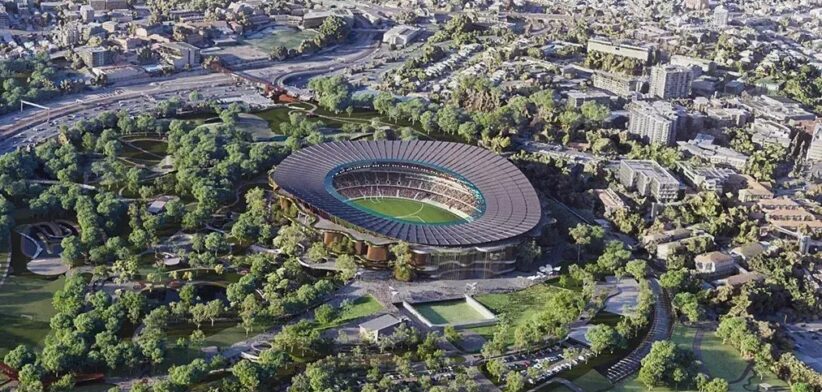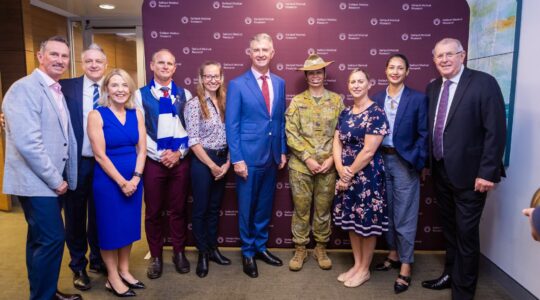A mandate to incorporate “digital twins” in all infrastructure projects for the Brisbane 2032 Games would help ensure a sustainable legacy for the region.
Speaking at a Committee for Brisbane event focused on the city’s digital future, Aurecon digital consultant Mathilde Booth said the long-term benefits of creating a virtual replica of all projects would far outweigh extra up-front costs.
Ms Booth said Games organisers should follow the lead set by Paris where digital twins were created to support planning and logistics.
She said there was an opportunity in Queensland for government to show strong leadership and support digital.
“They need to make (digital twins) a mandate, not a nice to have or thought of as gold plating.”
Ms Booth said when the life cycle of an asset was taken into account a digital twin provided efficiencies in ongoing operations and maintenance.
“A digital twin enables sustainability and decarbonization, through performance-based maintenance rather than just time-based maintenance.”
She said digital twins would also enhance co-ordination among projects.
“Data sharing and visibility of that data across the infrastructure pipeline is critical.”
Ms Booth said with so many Games projects planned for such a concentrated area rich real-time data was needed.
“If we’re trying to use all the trades of south-east Queensland in just five square kilometres at the same time, is that really realistic?
“Can we phase things differently and make sure the community benefit is still achieved in a much less disruptive way (and) that is more sustainable.”
She said the concept of digital twinning was not reserved for the tech-savvy as most people were familiar with its outputs.
“We all use one on a day-to-day basis through Google maps.
“When you use Google maps there’s a layer of visualization so you can do a simulation on whether you should cycle or walk somewhere, or whether you should take a train.
“Then you have live data (saying) train is delayed two minutes.”
Ms Booth said that concept would be important for the infrastructure built for the Games and its future use.
She said the proximity of the main Games stadium in Victoria Park to the new swimming complex in Spring Hill meant digital support was essential.
“With the two venues a stone’s throw from each other, a digital twin could look at pedestrian and (public transport) passengers.”
Ms Booth said modelling using a digital twin could ensure crowds were able to enter and exit both venues without massive queues, while making sure athletes could come and go easily.
“Crowd management is big thing and if you throw in an incident, where you need to evacuate, a digital twin can ensure the best response.”








